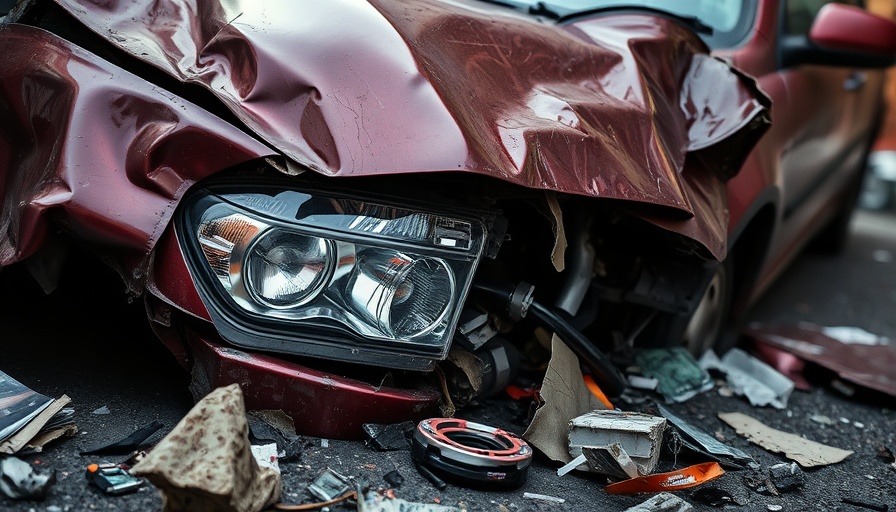
Understanding the Long-Term Impact of Car Crash Injuries
Car collisions often appear as sudden, dramatic events leading to immediate trips to the emergency room. However, the reality for many survivors is that the journey toward recovery is long and complex, extending well beyond the initial hospital visit. Lingering effects from injuries can reshape lives, impacting mental and physical health for months or even years after the accident. These long-term health consequences are crucial not only for the victims but also for medical professionals, insurers, and legal advocates who support them.
Common Crash-Related Injuries and Their Hidden Effects
Three of the most prevalent injuries arising from car crashes include traumatic brain injuries (TBIs), whiplash, and spinal cord injuries. Each of these injuries can evolve over time, necessitating careful follow-up care.
Traumatic Brain Injuries: A Life Altered
Even mild concussions can lead to lasting effects. Swelling and microscopic damage to brain tissue can cause persistent headaches, memory issues, and mood changes weeks after the collision. More severe cases of TBI can lead to significant health problems such as epilepsy and lasting personality changes. Unfortunately, CT scans may not reveal these injuries immediately, leading to false comfort for victims. Long-term neurological care, involving frequent check-ups and therapies tailored to cognitive recovery, is often essential.
Whiplash: More Than Just Neck Pain
Whiplash injuries arise from the rapid back-and-forth movement of the neck during a crash. The immediate pain might diminish, but delayed symptoms such as dizziness and visual disturbances often develop later. Studies indicate that nearly fifty percent of individuals suffering from whiplash experience chronic pain within a year. Prompt intervention through physical therapies and documentations is crucial to managing these long-term effects effectively. Insurance companies and legal representatives need to understand the seriousness of these injuries that go beyond being just “minor.”
Spinal Cord Injuries: A Persistent Challenge
Spinal cord injuries (SCI) can bring about a substantial evolution of health issues over time, from limited mobility to changes in how the body functions. Depending on the severity, individuals may experience varying degrees of disability. Continuous treatment and rehabilitation are key to maximizing recovery potential and maintaining quality of life.
The Importance of Integrated Recovery Approaches
Survivors of car accidents face numerous hurdles while transitioning back to normalcy. Early intervention from health professionals is a cornerstone of effective recovery. Whether addressing physical rehabilitation or mental health support, comprehensive care strategies are paramount. Physical therapy, cognitive-behavioral therapy, and management of medical costs through legal support often determine a survivor’s ability to reclaim their lives.
The Role of Legal Advocacy in Recovery
For accident survivors, understanding the legal avenues available to them is vital for acquiring the necessary resources for recovery. Consulting personal injury attorneys can be invaluable in navigating the complexities involved in securing funding for ongoing medical care and treatment.
Paving the Way for a Healthier Future
Overall, recognizing the chronic implications of common car crash injuries not only impacts healthcare planning but also underscores the need for informed legal decisions. By prioritizing long-term care strategies, accident survivors stand a better chance of reclaiming their health and lives post-accident.
 Add Row
Add Row  Add
Add 




Write A Comment